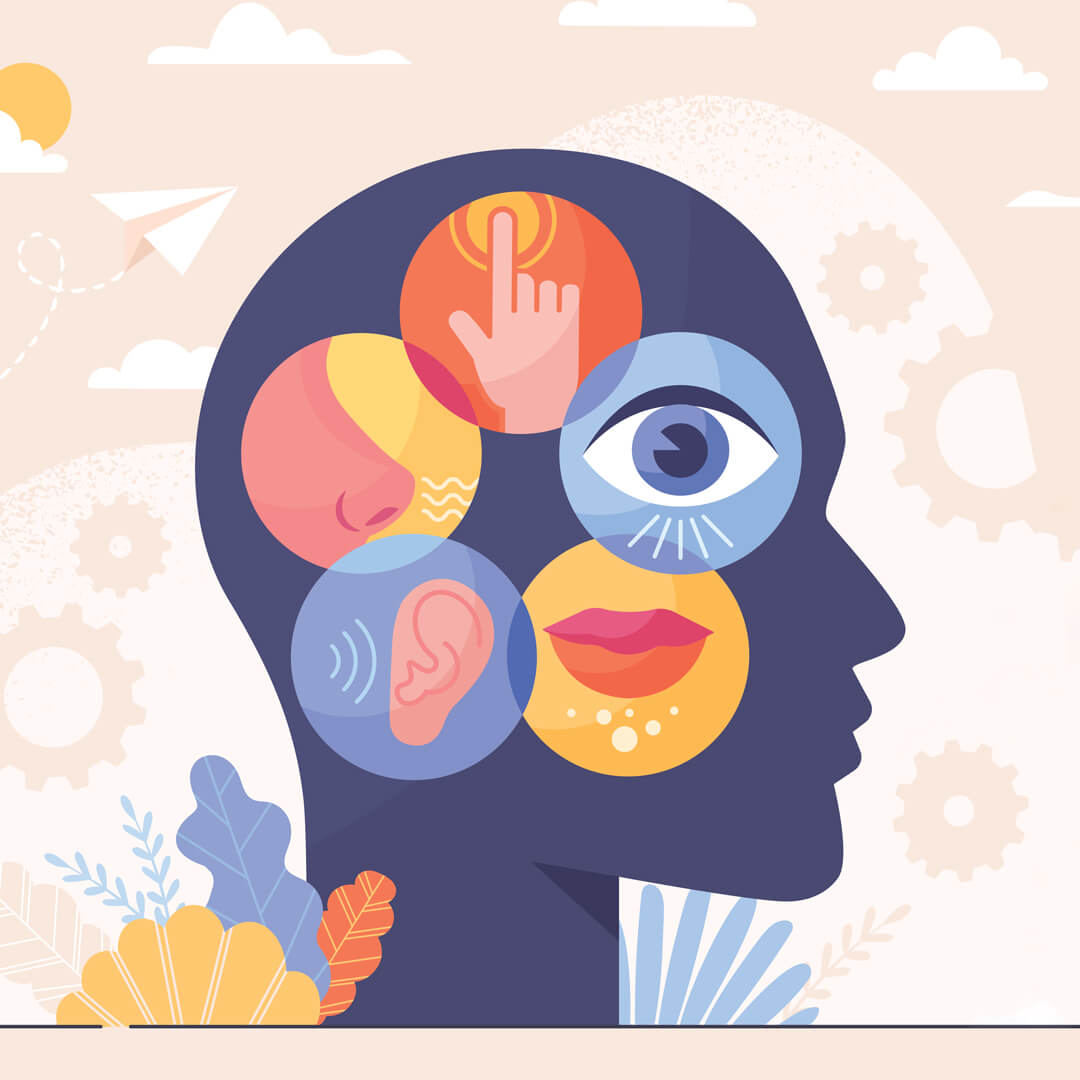Unlocking the Mysteries of Agnosia: A Comprehensive Guide
Introduction (Revised): Agnosia, a perplexing cognitive disorder, reshapes how individuals perceive and recognize the world around them. In this comprehensive guide, we delve into the enigmatic realm of Agnosia, shedding light on its intricacies and the profound impact it has on those affected.
What is Agnosia?
Agnosia, a condition that defies conventional understanding, entails an inability to recognize familiar objects, people, or even one’s body parts, despite having intact senses. This article aims to demystify Agnosia, exploring its various subtypes, symptoms, and the challenges it presents to individuals.

agnosia
Causes and Risk Factors
Causes and Risk Factors (Revised): The origins of Agnosia are multifaceted, often stemming from brain injuries, strokes, or neurodegenerative diseases. We’ll unravel the intricate web of causes and explore the risk factors that increase susceptibility to this enigmatic condition.
Symptoms of Agnosia
Agnosia’s symptoms are as intriguing as the condition itself. They vary depending on the type of Agnosia an individual experiences. Let’s explore these telltale signs in detail, shedding light on the intricacies of this cognitive puzzle.
Diagnosis and Assessment
Diagnosis and Assessment (Revised): Diagnosing Agnosia requires a multifaceted approach, combining neuropsychological assessments, brain imaging, and in-depth medical history evaluations. We’ll delve into the diagnostic process, highlighting its significance in early intervention.
Treatment and Management
Treatment and Management (Revised): While there’s no single cure for Agnosia, various therapeutic approaches can significantly improve an individual’s well-being. In this section, we explore treatment options, rehabilitation, and adaptive strategies to help individuals cope with the challenges of Agnosia.
Living with Agnosia
For those living with Agnosia and their caregivers, daily life can present unique challenges. In this section, we explore strategies for overcoming obstacles, improving communication, and enhancing overall quality of life.
Research and Future Directions
Research and Future Directions (Revised): Ongoing research efforts hold the promise of unraveling more about Agnosia, potentially leading to improved treatments and interventions. In this section, we discuss current research initiatives and the future of Agnosia management.
FAQs about Agnosia
Q: What is Agnosia?
A: Agnosia is a cognitive disorder characterized by the inability to recognize familiar objects, people, or even one’s own body parts, despite having normal senses.
Q: Are there different types of Agnosia?
A: Yes, Agnosia comes in various forms, including visual Agnosia, auditory Agnosia, and tactile Agnosia, each affecting different sensory perceptions.
Q: What are the common symptoms of Agnosia?
A: Symptoms can vary but may include difficulty recognizing faces, objects, or sounds, even if they were familiar before the condition developed.
Q: What causes Agnosia?
A: Agnosia can be caused by brain injuries, strokes, neurodegenerative diseases, or other neurological conditions.
Q: Can Agnosia affect individuals of all ages?
A: Yes, Agnosia can impact people of any age, but some conditions, like Alzheimer’s disease, may increase the risk in older individuals.
Q: How is Agnosia diagnosed?
A: Diagnosis involves neuropsychological assessments, brain imaging, and a thorough medical history evaluation to understand the underlying cause.
Q: Is there a cure for Agnosia?
A: There is no single cure for Agnosia, but therapy, rehabilitation, and adaptive strategies can help manage the condition and improve quality of life.
Q: What challenges do individuals with Agnosia face in daily life?
A: Individuals with Agnosia may encounter difficulties recognizing loved ones, common objects, or even their surroundings, which can be frustrating.
Q: How can I support someone with Agnosia?
A: Offering patience, understanding, and empathy is essential. Learning about the condition and seeking support from professionals can also help.
Q: Are there ongoing research efforts related to Agnosia?
A: Yes, ongoing research aims to better understand Agnosia, potentially leading to improved treatments and interventions in the future.
Conclusion
Conclusion (Revised): In conclusion, Agnosia remains a complex cognitive puzzle, affecting how individuals perceive and interact with their world. By understanding its intricacies, recognizing its symptoms, and promoting early diagnosis, we can provide support and improve the lives of those impacted by this enigmatic condition.




